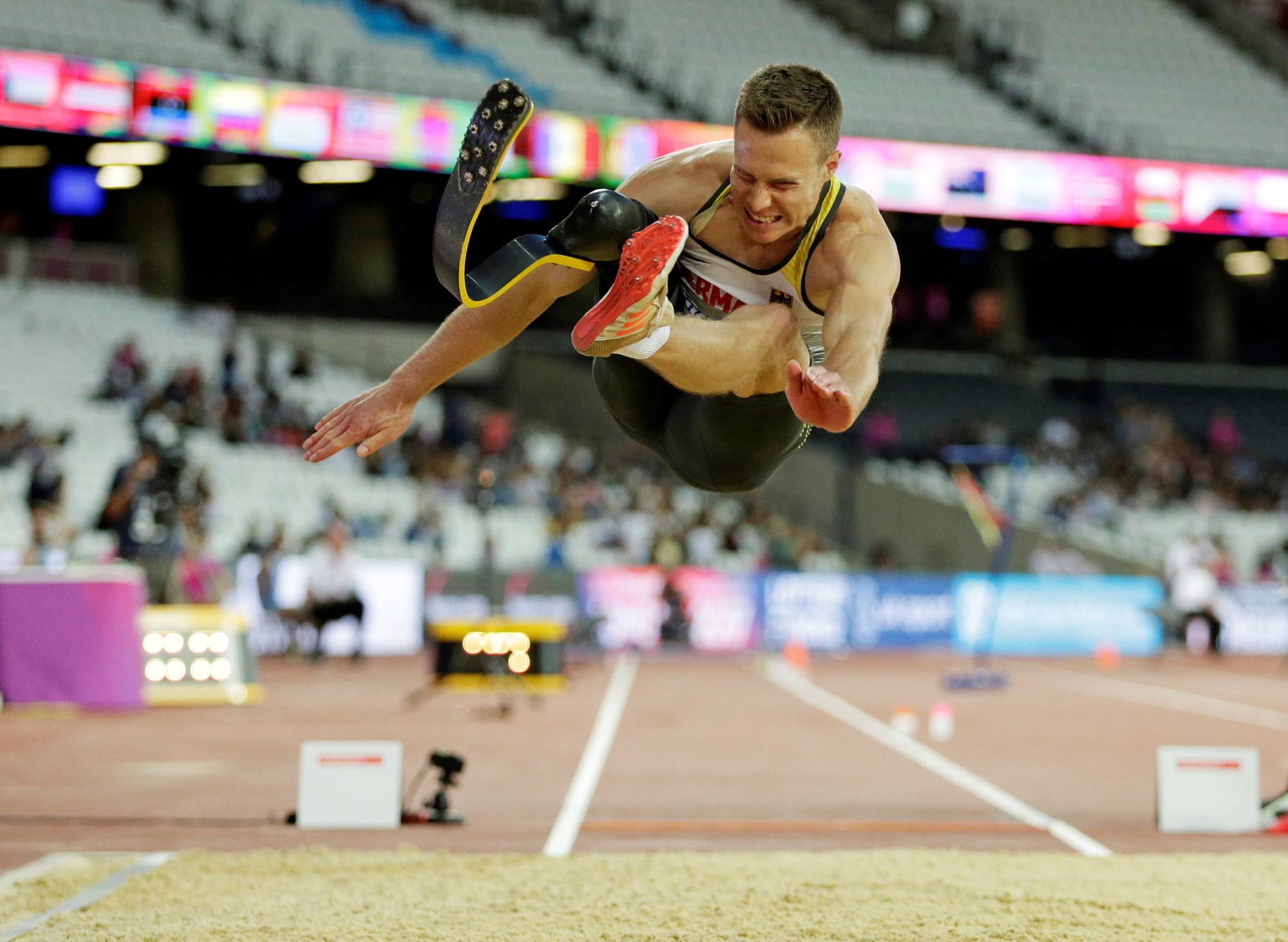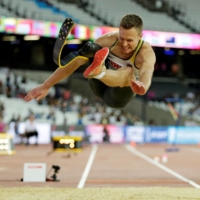With over 4,500 athletes from more than 160 countries set to compete from Wednesday, the 2020 Tokyo Paralympics will be one of the most diverse in the event’s history.
Unlike the Olympics, in which competitions are divided by gender, some Paralympic disciplines such as the 100-meter sprint can be contested as many as 29 times across multiple impairments.
Defined by the International Paralympic Committee and parasport federations and evaluated by trained judges at international competitions and other major events, impairment classifications allow as many para-athletes as possible to compete at the Paralympics — while making sure that the playing field is fair.
What are impairment classifications?
In order to participate in the Paralympics, athletes must be classified as having at least one of 10 eligible impairments as defined by the IPC.
These include:
- Impaired muscle power (i.e. paralysis of the legs, lower body or all four limbs)
- Impaired passive range of movement
- Limb deficiency (whether congenital or due to illness or trauma)
- Leg length difference
- Short stature
- Hypertonia (an increase in muscle tension caused by damage to the central nervous system)
- Ataxia (uncoordinated movement caused by damage to the central nervous system)
- Athetosis (slow, involuntary movement caused by damage to the central nervous system)
- Vision impairment
- Intellectual impairment
Classes for each sport are determined by the impairment and the degree to which it affects an athlete, with each class assigned a different letter and number.
For example, a wheelchair racer with complete function in their torso and arms would compete in the T54 category, while athletes with vision impairments are evaluated between B1 (most severe) and B3 (least severe).
How are athletes classified?
Para-athletes are classified by judges at international tournaments, who assess their degree of impairment and assign a class. Some athletes — such as those with amputations — may only require one classification, while others with progressive impairments are evaluated periodically.
While the IPC has previously required athletes to be classified ahead of the Paralympics in order to reduce the potential for last-minute changes and risk an athletes’ participation, that policy has been suspended for Tokyo 2020 due to the impact of the coronavirus pandemic on the global parasport schedule.
Some athletes in 10 sports (athletics, boccia, canoe, cycling, judo, rowing, sitting volleyball, swimming, wheelchair rugby and wheelchair tennis) could be classified after arriving in Tokyo, while participants in other sports will have already been classified before coming to Japan.
Sports
Of the 22 sports to be contested at the Tokyo Paralympics, just two — boccia and goalball — are unique to the Paralympics, with the remaining 20 having counterparts at the Olympics. Taekwondo and badminton are new additions to the competition schedule, replacing seven-a-side football and sailing.
Many Paralympic disciplines, such as swimming and athletics, feature multiple events in order to cover a wide range of classifications. Track races at the Paralympics will take place across 28 classifications, while freestyle, backstroke and butterfly races cover 15 classes, including physical, visual and intellectual impairments.
Other sports such as shooting and archery focus on a narrower list of impairments, with classifications determining the level of assistance an athlete is allowed when bracing themselves.
Both wheelchair rugby and wheelchair basketball assign athletes points based on the severity of their impairments; teams are required to field players under a total point value. Wheelchair rugby grants teams an additional half point for each female player on the court.
Wheelchair tennis athletes are grouped as “quad” (with affected movement and coordination in all four limbs) or “open” (with affected movement in their hips or lower limbs).
Judo, boccia, goalball and soccer (officially known as “football five-a-side”) at the Paralympics feature athletes with moderate to severe visual impairments.
Powerlifting includes athletes with short stature as well as those with highly affected leg movement or missing lower limbs.
What classifications aren’t featured?
Just six classifications — two in athletics, three in swimming and one in table tennis — are reserved for athletes with intellectual impairments, which were not featured in Athens 2004 or Beijing 2008 after a number of ineligible athletes were found to have competed at the Sydney Games.
Athletes with intellectual impairments were allowed to return to the Paralympics beginning at London 2012 after an extensive series of reforms by the IPC and its members.
The Paralympics do not include classifications for deaf athletes, who instead compete in the Deaflympics.
Brazil’s Caxias do Sul is scheduled to hold the postponed 2021 Summer Deaflympics in 2022, while Japan is bidding to host the 2025 edition.



















With your current subscription plan you can comment on stories. However, before writing your first comment, please create a display name in the Profile section of your subscriber account page.